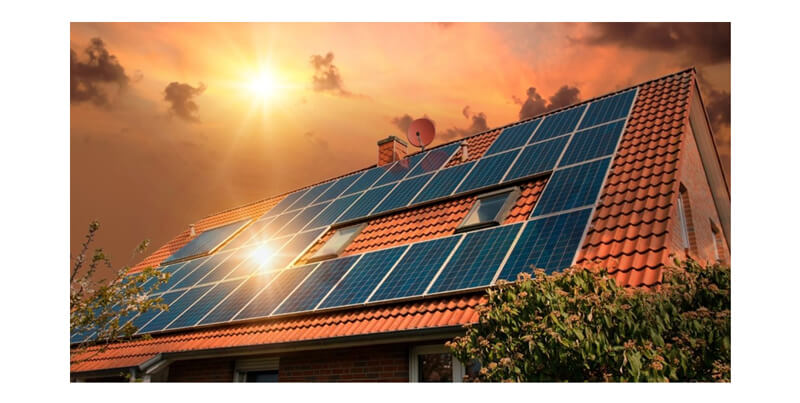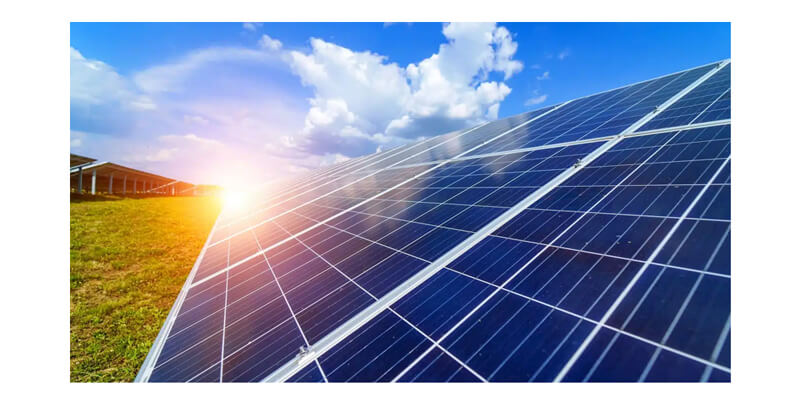Content
Solar panels are a crucial component in the quest for sustainable energy. Understanding how they function and their reliance on sunlight is key for maximizing their efficiency. This article explores whether solar panels require direct sunlight to operate effectively and discusses how they perform under different lighting conditions.

Solar panels generate electricity by converting light from the sun into electrical energy. This process is facilitated by photovoltaic (PV) cells, which are typically made from semiconductor materials like silicon. When sunlight strikes these cells, it causes electrons to be knocked loose from their atoms, initiating an electrical flow.
Direct sunlight provides the optimal condition for solar panels. The more intense the sunlight, the more energy is generated. This is because stronger sunlight provides more photons to knock electrons free from the semiconductor material, enhancing the electrical output.
For instance, on a clear sunny day, a standard residential solar panel can produce full output capacity as rated by the manufacturer. Direct sunlight not only maximizes the energy yield but also boosts the efficiency of the conversion process.
Ambient light and partial shading can also influence the output of solar panels. A panel partially covered by shade from trees, buildings, or other obstacles can experience a significant drop in output. This effect is due to the 'bypass diodes' in solar panels, which allow current to bypass shaded sections and reduce losses.
The table below summarizes how different lighting conditions affect solar panel efficiency:
| Lighting Condition |
Typical Efficiency |
| Direct Sunlight |
100% |
| Partial Sunlight |
50% - 75% |
| Heavy Cloud Cover |
10% - 25% |
| Shade |
5% - 15%
|
To maximize energy production, solar panels should ideally be positioned to face true south in the northern hemisphere and true north in the southern hemisphere. Additionally, the angle of tilt should match the latitude of the installation site to optimize the amount of sunlight striking the panels throughout the year.
For regions that experience significant seasonal variation, adjustable mounts can be used to alter the angle of the panels in summer and winter, accommodating the changing position of the sun.
The table below provides a quick reference for the optimal installation angles and orientations for solar panels in various global regions:
| Region |
Optimal Orientation |
Optimal Tilt Angle |
| Northern Hemisphere |
South-facing |
Equal to latitude |
| Southern Hemisphere |
North-facing |
Equal to latitude |
| Equatorial Regions |
Flat or slight tilt |
5° - 10° |
This guidance ensures that panels receive the maximum possible sunlight exposure relevant to their geographic location, enhancing overall efficiency.
The performance of solar panels throughout the year can vary significantly based on their exposure to sunlight. During winter months, shorter days and lower angles of sunlight can reduce the output of solar panels, while longer summer days typically result in higher energy production.
Maintaining solar panels is also crucial for optimal performance. Regular cleaning to remove dust, snow, and other obstructions can help maintain efficiency. Additionally, monitoring systems can alert owners to any drops in performance, which may indicate a need for maintenance or adjustments to the installation.
Understanding these factors helps in designing a solar power system that not only meets the energy needs of a facility but also operates efficiently under various environmental conditions.
Over time, environmental factors can also influence the durability and functional lifespan of solar panels. Exposure to harsh weather conditions, such as hail, heavy snow, and high winds, can cause physical damage to the panels. Moreover, prolonged exposure to UV light can degrade the materials used in the panel, particularly the protective coating and the backing materials.

To mitigate these risks, high-quality solar panels are typically built to withstand environmental stresses. Manufacturers often conduct extensive testing to ensure their panels can endure extreme conditions. For instance, panels are tested for resistance to hail impact, high wind uplift, and long-term UV exposure.
Advancements in technology have also led to more efficient and resilient solar panel designs. Bifacial panels, for instance, can capture sunlight from both their front and back sides, increasing their potential output significantly, especially when mounted on highly reflective surfaces.
Microinverters and power optimizers are technologies that can significantly improve the efficiency of solar panels. Microinverters convert direct current (DC) generated by each panel into alternating current (AC) right at the source, enhancing energy production and reducing losses due to long cable runs. Power optimizers, on the other hand, adjust the output from each panel to maximize the overall performance of the system, particularly useful in setups where panels may experience varying levels of shading throughout the day.
Finally, the economic and practical aspects of installing and maintaining a solar power system cannot be overlooked. The initial cost of solar panels and installation must be weighed against the potential savings on energy bills. Furthermore, government incentives and subsidies can play a crucial role in making solar power a viable option for more homes and businesses.
With ongoing advancements in technology and increasing awareness of renewable energy benefits, solar panels continue to be a smart investment for those looking to reduce their carbon footprint and promote sustainable energy solutions. As the technology evolves, future installations will likely become even more efficient and cost-effective, making solar energy an integral part of global energy solutions.
FAQs







